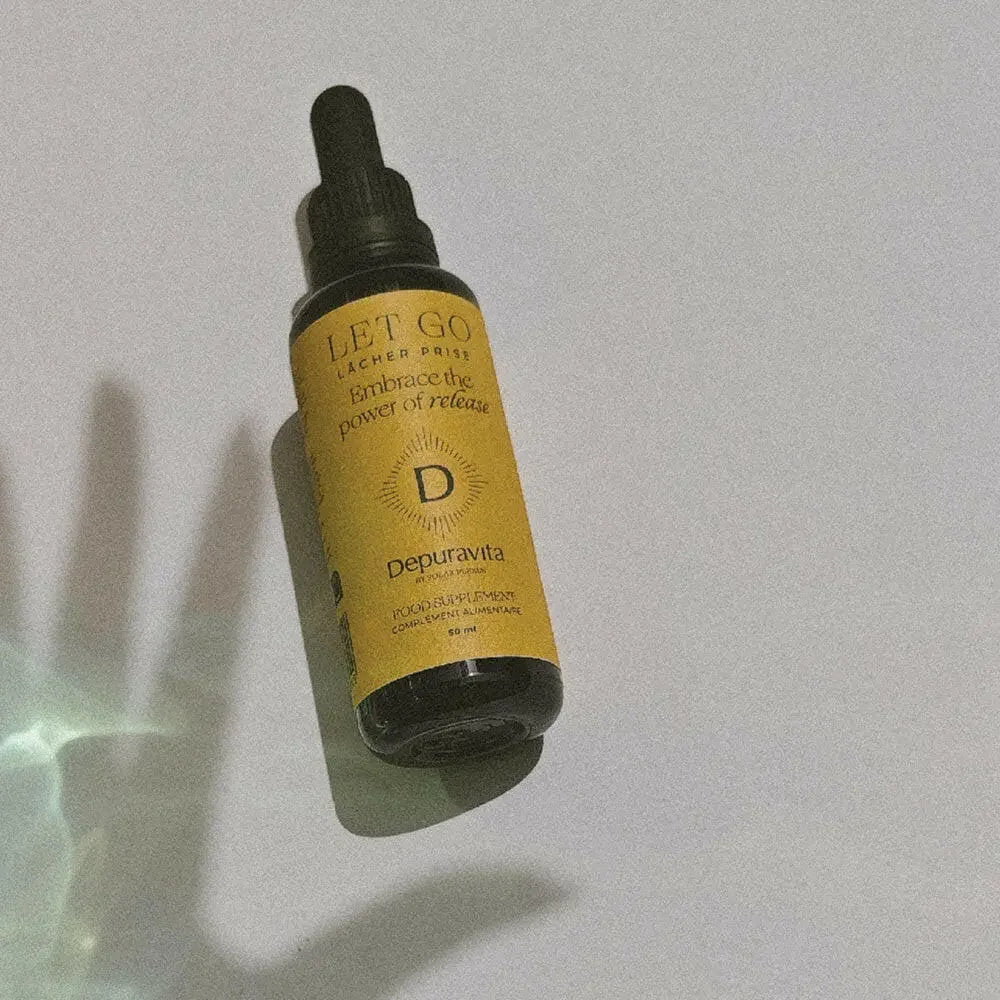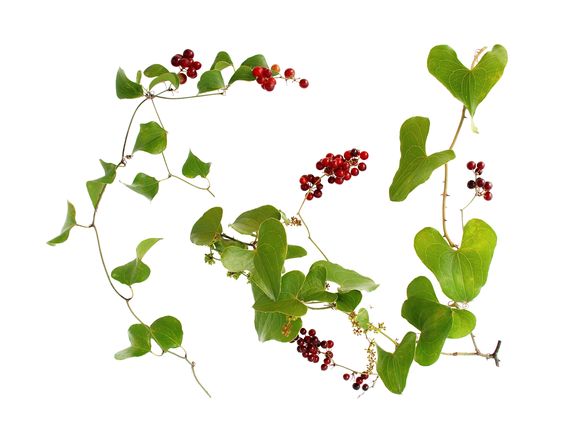From an ancient remedy for syphilis to starring in Saturday-morning cartoons, the story of sarsaparilla has evolved across time and space, offering various benefits. If you grew up watching Saturday-morning cartoons in the 1980s or 1990s, you likely know about the Smurfs and their mysterious "Smurf berries." The creator, Belgian cartoonist Peyo, initially called them salsepareille in French. When the Smurfs reached the United States, they changed it to sarsaparilla, assuming Americans were familiar with the real plant.

Sarsaparilla comes from climbing vines found in tropical areas, not the bushes shown in the cartoons. The link between sarsaparilla and Americans has roots in the plant's history, particularly species from Mexico and Central America.
In the Old World, Smilax aspera, a type of sarsaparilla, was known as an antidote for poisons. This belief, based on the "doctrine of signatures," where plant features indicate usefulness, became embedded in European medical tradition.
When European explorers discovered the New World in the sixteenth century, they related American Smilax species to the better-known European Smilax aspera, calling them sarsaparilla. Nicolás Monardes described different types of American sarsaparilla in 1565, linking them to European medicine practices.
As Europe faced the challenge of syphilis, American sarsaparilla joined the league of botanical remedies, competing with mercury-based treatments. While not a cure, sarsaparilla's uses expanded over time, utilized for rheumatism and as a flavoring in medicinal drinks.
"The Mechanisms Behind Sarsaparilla's Efficacy"

Recognized for its diuretic properties, sarsaparilla has been historically valued for its diverse health benefits.
Used as a tonic, it exerts a generalized action on multiple body systems, earning the label "alterative."
Beyond being a diaphoretic effective in fevers, its primary strength lies in its diuretic nature, aiding in the clearance of kidney and bladder gravel and stones.
Additionally, sarsaparilla proves beneficial for conditions like dropsy and venereal disorders. Universally acknowledged as a blood purifier, sarsaparilla extends its positive effects to various facets of health.
Native Americans leveraged this herb for addressing stomach issues, promoting skin health, supporting kidney and urinary tract function, and combating respiratory conditions.
Clinical Studies and Efficacy
"In a recent clinical trial, Sarsaparilla (Smilax Glabra Rhizome) showcased impressive benefits. The study revealed its ability to modulate immunity, protect against liver injury, lower blood glucose, and notably suppress cancer. The water-soluble extract (SW) from Sarsaparilla emerged as a breakthrough, inhibiting cancer cell migration, adhesion, and invasion. Explore the promising findings that unveil Sarsaparilla's potential in supporting health and combating cancer. Read the Clinical Trial here!
Let Go
Embrace the Power Of Release




Sarsaparilla achieved commercial success, with tons imported into Spain between 1568 and 1619 alone. Despite this, its exact nature remained unclear for European botanists, physicians, and patients.
In the eighteenth and nineteenth centuries, sarsaparilla's uses blurred between medicine and other applications. Companies in the U.S., like Ayer and Hood, turned it into a lucrative business, promoting it as a tonic to purify the blood and stimulate appetite.
By then, sarsaparilla had shifted from its Old World associations. European Smurf fans in the twentieth century weren't expected to recognize a plant deeply rooted in European pharmaceutical history. Meanwhile, in the United States, the name sarsaparilla lived on as a soft drink.
These shifts in plant appreciation across time and space are precisely what the Plant Humanities Initiative aims to bring to light.






